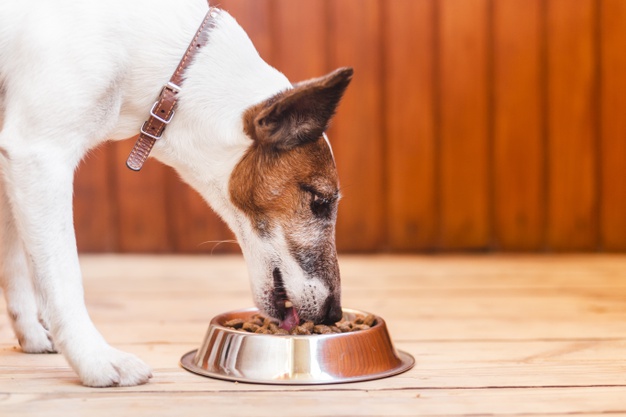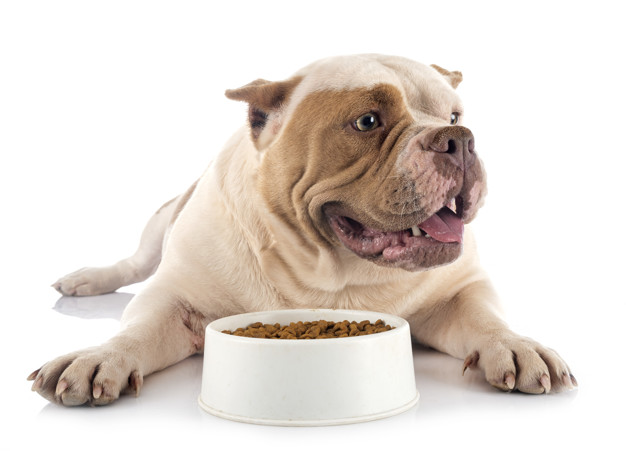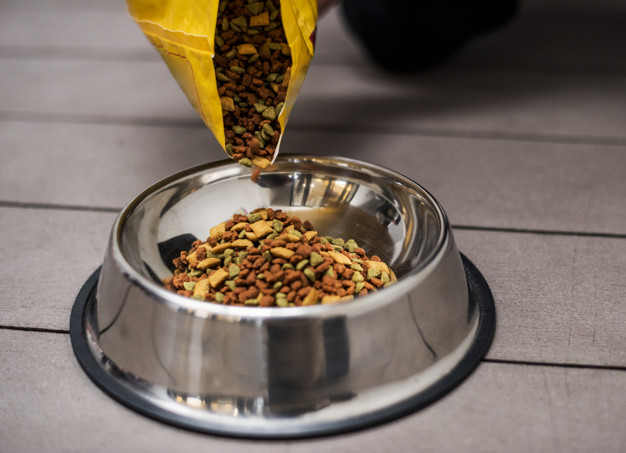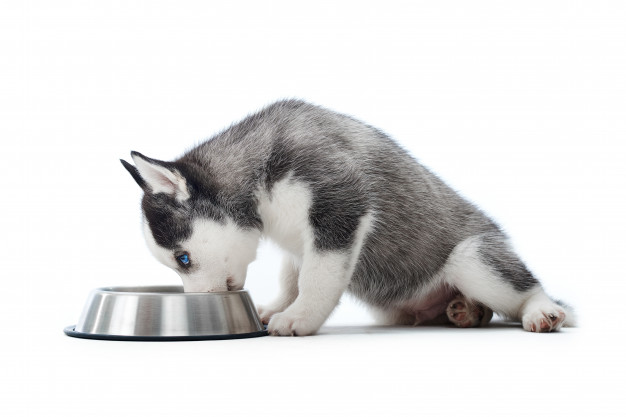
When choosing dog food for your beloved pet, there are several things to consider. While the process may be daunting, you must understand all of the factors that will affect your canine companion’s health. It’s essential that you educate yourself about what types of foods are right for your dog.
Many people make the mistake of merely buying ‘dog food’ at the store without taking the time to learn about what goes into the food and which types are best for a particular breed.
Read on to learn more about what you should consider when buying dog food and the benefits of giving them fresh, raw food over dry, processed dog food.
Things To Consider When Buying Dog Food

If you want to know how to choose dog food, it’s vital for you to realize that the ingredients that go into your pet’s meals determine how healthy they’ll be. With so many options in the market today, how can you be sure which one is the best?
Here are some of the things you should consider when buying dog food:
1. Content

Content is the most important thing you should consider when choosing the best dog food for your pet. Look carefully at the ingredients list on your pet food. If they have a lot of fillers like sugar or artificial flavors, look for another brand.
It’s also important to check the labels and content because these might contain potential allergens. Always choose foods with the right amount of protein and carbohydrates to keep your dog healthy and strong.
2. Age Of Your Dog

As you begin to learn how to choose food for your pup, it’s essential to understand that your pet requires different nutrients depending on its breed and age. Younger animals, such as teacups and chins, need much more of the B vitamins found in typical commercial foods.
Dogs that are older and overweight will often lack the necessary proteins and other nutrients to maintain their muscle mass. If you don’t include a proper balance of protein, carbohydrates, and fat in their diet, they can become susceptible to diseases, illnesses, and various forms of physical impairment.
3. Fresh, Wet, Or Dry Dog Food

There are different types of dog food available in the market today. There are dry dog foods, wet dog foods, and fresh or raw dog food. When it comes to choosing the best between the two, take into account your dog’s preference or your vet’s recommendation. You can also visit homesalive.ca to learn more about the different types of dog food.
In the next potions of this article, you’ll learn the difference between the two types of dog foods and the benefits of each.
What Are Raw Dog Foods And What Are Its Benefits?

Raw foods are also called fresh foods. It shouldn’t be confused with wet dog food because wet dog food is processed dog food that has higher water content to preserve the quality of the food while it stays on the shelves.
The raw diet, on the other hand, emphasizes raw meat, fruits, and vegetables. Raw dog food is unprocessed, and it contains all the natural nutrient composition of the food. This makes the food more biologically appropriate for dogs.
Raw foods contain higher protein and lower carbohydrate and sugar content. If you are a new pet owner or have been looking, then you’ve probably heard about the benefits of giving your fresh pet foods.
Preservatives in commercial dog food have been proven to cause many health problems over the years. Most of these come from chemicals that are used during the manufacturing process. This is why many companies recommend fresh food. By feeding your dog fresh meat, snacks, and vegetables, you’ll be providing it with all the nutrition it needs, but without putting it at risk for illness or disease.
Fresh meat contains essential proteins necessary for the growth and development of your dogs’ muscles and tissues. Other kinds of nutrients are also found in meat, such as fatty acids, vitamins B and C, minerals, carbohydrates, and fiber.
A dog’s diet should also contain lots of grains, vegetables, fruits, dairy products, lean meat, and whole wheat or grain bread. These are all sources of dietary proteins that will support your dog’s muscles and tissues’ growth and development. Carbohydrates are also an essential part of your pet’s diet and should be provided in brown rice, millet, barley, or wheat.
There are also some vitamins and minerals that are essential for the proper growth of your dogs. Calcium, iron, iodine, and B vitamins can support the nutritional needs of your dog’s.
Should You Still Feed Your Dog Dry Food?

The answer to this question depends on the needs of your dog. Dry and wet canned dog food only have one difference: the water content. Both types of dog food are processed to increase their shelf life and incorporate other dog supplements to help your dog get the nutrition it needs. However, unlike raw and fresh dog foods, you should expect that dry dog foods contain preservatives.
The most significant benefit of this type of dog food is that it will not spoil as much. Aside from that, dry dog foods have higher energy and calorie content compared to wet dog foods. This means you can feed your pet smaller quantities of dry food to give them the energy they need throughout the day. Many pet owners who aren’t satisfied with the nutrients they get for dry dog food also provide their pets dog vitamins and supplements. Before you consider giving these to your pet, you should consult your vet first.
Dry dog food is also more convenient for pet owners because it’s easy to clean even if the dogs make a mess when they eat. It’s easier to sweep and vacuum crumbs than to wipe off oily spills on the floor.
Final Thoughts
Although dry dog foods can still provide the nutrients and calories your dog needs to be healthy, nothing beats all-natural raw dog foods. The primary reason for this is because fresh foods didn’t undergo processing and don’t contain any preservatives.
No matter what food type you choose for your dog, make sure you provide them with a well-balanced meal. Reading the dog food label’s content is essential to ensure that it doesn’t contain any allergens that can harm your dog. Aside from that, you should also consider their needs based on their age and breed.












